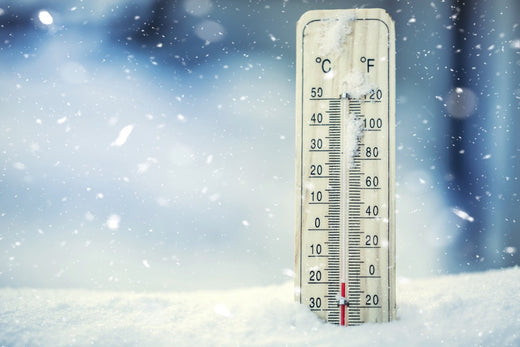When installing windows in cold weather, getting the best results with Todol Cold Weather Foam requires a few extra steps, but the payoff is worth it.
The Foam Can Temperature should be 60-80°F
Foam that’s too cold won’t flow or expand properly, so keep your cans warm by storing them in your vehicle or placing them in warm (not hot!) water before use. Never, under any circumstances, use fire or a direct flame to heat the can – safety first!
Shaking the Can Well is Crucial
Spend at least 30 to 60 seconds giving it a good shake to ensure the contents are thoroughly mixed. This step becomes even more critical in cold weather, as the components inside can separate more easily in lower temperatures.
Prep Your Workspace
Clear away frost, ice, or condensation from the window frame and surrounding surfaces to ensure proper adhesion. If the surface is too cold or damp, consider warming it slightly with a portable heater before applying the foam.
Mist the Area Lightly with Water Before Starting
Cold weather often brings drier air, which can slow the curing process. The foam reacts with moisture, so misting ensures it cures properly and adheres well to the surface. If you’re working on a larger area, foam about two inches at a time, stop, mist lightly, and then continue. This layering approach helps maintain even expansion and a solid seal.
By taking the time to warm your can, prep your surfaces, and mist for moisture, you’ll achieve excellent results and a snug, energy-efficient seal – even in chilly conditions. Cold weather doesn’t have to mean compromised quality.


Share:
Tips for Foaming Around Windows and Doors for Perfect Air Sealing